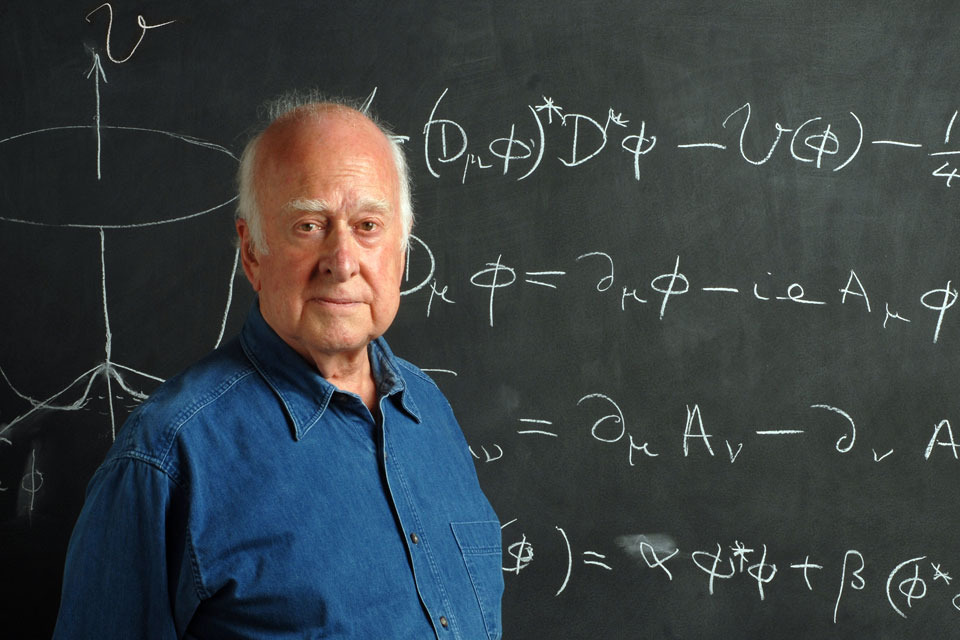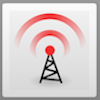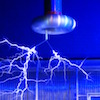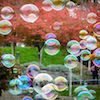Friday Flyer - April 12, 2024

Spotlight on Peter Higgs
On Monday, the world lost Peter Higgs, who passed away after an illness at age of 94. His name is known, of course, for the Higgs field and its particle expression, the Higgs Boson. This new field concept was proposed by Higgs and several other theorists in 1964; Higgs went on to point out that there would have to be a particle expression of the field. That particle was finally discovered at the LHC in 2012, leading to the 2013 Nobel Prize in Physics awarded to Peter Higgs and Francois Englert (His colleague Robert Brout has passed away.).
Maybe it all started when Peter Higgs attended Cobham Grammar School (actually a high school in US parlance) in Bristol UK. Higgs was preceded at Cobham by Paul Dirac and this was something of an inspiration to young Peter. He went on to earn a PhD in molecular physics with a dissertation titled Some problems in the theory of molecular vibrations. He later became interested in the origins of mass and the mathematical formalism of superconductivity.
One of the great theorists of particle physics has passed. QuarkNet Principal Investigator Mitch Wayne puts it well: "The particle physics community is saddened by the passing of Peter Higgs. At the same time, we should celebrate his life and his important contributions to the Standard Model of Physics and our understanding of the world at its most fundamental level."
Much of the information in this short piece came from articles in Wikipedia, BBC News, and Ars Tecnica. They are all worth a read as is further investigation of Peter Higgs' remarkable scientific legacy.


News from QuarkNet Central
Data Camp and Coding Camp: We are again planning some exciting summer camps to take you to the next level in QuarkNet. This year, Data Camp is open to QuarkNet teachers by application rather than by mentor nomination, as we have done previously. Go to the form and apply! Coding Camps 1 and 2 have a lot in store, too: information and applications on the Coding Camp page.
QuarkNet Educational Discussions: QED is back in business and the next get-together of QuarkNet teachers to "talk shop" and be pals is this coming Wednesday April 17 at 7 pm CT. How to connect and learn what is coming up? Go to the QED webpage and find out!
International Masterclasses come to a close: This masterclass season was one in which QuarkNet and its collaborators tried new things. We shook up the videoconferences with mini-virtual visits, in which moderators took students on 3-5 minute tours of labs at CERN, Fermilab, and elsewhere. We also tried out Google sheets (example from Baltimore) for CMS masterclasses—even as we kept good old CIMA—and an online HYPATIA event display for ATLAS. We stepped out a bit to do a rather special Belle II Masterclass: Jeremy Wegner and his students made a Belle II measurement at Notre Dame, and then, a week later, Miki Ohtsuka, who visited us two years ago, did one at her school in Japan. The next day, the two groups met in a videoconference with a moderator in the Belle II control room at KEK. NOvA masterclasses stepped into their own as they became a fully official offering of International Masterclasses. More to come? Sure: TRIUMF will hold a videoconference for ATLAS masterclasses in Canada and the U.S. on April 27, putting an exclamation point on the season.
International Muon Week 2024 wraps up: Teachers and students measured cosmic ray rates around the world during International Muon Week April 1-12, 2024, including during the total solar eclipse in North America on April 8. Find out more information on this IMW 2024 website. Report forthcoming!
Beamline for Schools 2024: The Beamline for Schools (BL4S) 2024 competition is open for high school teams to compete for the chance to perform an experiment at CERN or DESY. Learn more: Read the announcement from CERN. The competition closes soon!

Physics Experiment Roundup
Let's begin with big news from the LHC. Precise parameter measurements have been considered to be in the domain of electron colliders with good reason. But after 14 years of running the LHC with its high luminosity and energy, physicists have collected enough data and experience to sort it all out and make some pretty tight measurements of their own. Now we read in Interactions that CMS has made a precise measurement of the electroweak mixing angle, a key parameter of the Standard Model. Alright, we hear ourselves asking, but what is a mixing angle? We asked Fermilab theoretical physicist (and masterclass moderator) Rodolfo Capdevilla that very question: follow the conversation, which is nothing to sneeze at.
According to CERN Bulletin, ATLAS also has a recent precision measurement, this time of lepton universality* in the decay of W bosons to muons and electrons. (Don't we do that in CMS WZH and ATLAS W masterclass measurements? Yes, we do.)
Interactions has more! CMS again: the first observation of two photons generating two tau leptons in proton-proton collisions. And DESI has a new, precise measurement of the expansion of the universe. And from Symmetry: muons.
*We tried making a link to a definition of lepton universality but did not find one that is satisfactory. So here is the FF take on it: Lepton Universality is the principle that nature does not prefer one flavor of lepton over the other, at least when energies are much greater than lepton masses, e.g. in decays of W or Z bosons.

Resources
The latest in the CERN 70 series in CERN Bulletin is about scanning bubble chamber images back when it was an everyday job. Some of us have students look at bubble chamber photographs to help them understand particle interaction. This article can connect them to the people who really did it all the time at CERN.
It can be useful to have some videos to explain how particle physics works, so the editors and cub reporters of FF searched the interwebs for something useful. It did not take long to find this clear but slightly poetic explanation of the Standard Model from Cambridge University. Digging deeper, we unearthed a nice nugget on Quantum Field Theory. That caused us to ask about electroweak symmetry breaking, because that sounds really deep, and we found a ZAP Physics video on symmetry breaking that is indeed deep - and clear too. We may have to keep an eye on this ZAP Physics.
Also, late breaking, from our crack investigative journalist team: World Quantum Day.

Just for Fun
So we had π day last month. Good. Are we ready to come full circle on June 28?
As mentioned way, way above, we tried out those mini-virtual-visit in Fermilab-based masterclass videoconferences this year. The best were the most spontaneous, where we picked up our devices and ourselves and "showed everyone around" some piece of Fermilab or CERN with which we were familiar. Also, we recorded a few when that walkabout was not really possible, say when the moderator was sitting at a favorite coffee shop opposite friends Jerry and George. It happens. Here are a few examples of these videos: a look at the Fermilab ROC, a walk around part of WH15, an intro Fermilab in Spanish, and a look at the ROC in Spanish.
You may have heard that we had an eclipse in North America. You did, right? Well Xkcd has marked the occasion and the rule of three: one, two, three. Also, chemistry.
QuarkNet Staff
Mark Adams: adams@fnal.gov
Ken Cecire: kcecire@nd.edu
Spencer Pasero: spasero@fnal.gov
Shane Wood: swood5@nd.edu
